Seeker Bio
Claybank Brick Plant National Historic Site
Moose Jaw Saskatchewan Day Trip
Visiting a Historic Site, Interpretive Centre, Hiking & Homemade Pie
Claybank Brick Plant National Historic Site is an interesting place to explore. The site is steeped in natural and 20th century industrialism history that spans from the last ice age into the 1900's. Being less than an hour drive from the City of Moose Jaw, Saskatchewan the Claybank Brick Plant is a perfect day trip when exploring this part of the province.
Saskatchewan Land of the Living Skies
Saskatchewan is known as the land of the living skies. This is due to the vast views of the sky afforded by the flatness of the prairies. The reason these plains are so falt is that they were once the bottom of an ancient glacial lake. This landscape is quite a sight to see.
Fellow Canada Adventure Seeker, Diana Mohrsen captured the feeling beautifully in her blog, Overwhelmed by Space. The drive in between Moose Jaw and the Claybank Brick Plant National Historic Site is the perfect place to experience this expansive landscape. The farmers fields look like a perfectly smooth patchwork quilt and in early July many of the canola fields turn a beautiful bright golden yellow.
Exploring Southern Saskatchewan's Dirt Hills
The Claybank Brick Plant National Historic Site is nestled into an area known as the Dirt Hills, part of the largest glacial push hills in the world! An elevation gain of only120m over the surrounding prairies is high enough for views that stretch as far as the eye can see.
Claybank Brick Plant's History
Built between 1912 to 1937, Claybank Brick Plant was designated as a Canadian National Historic Site because it is an intact brickmaking facility from the early 20th century. All the key buildings and brick-making equipment are still standing as though they were frozen in time. For this reason it is considered to be a fine example of Canadian Industrialism. Another noteworthy feature of the Claybank Brick Plant is that the clay used to make bricks was all mined on site.
Canada Adventure Seeker Diana Johnson-Santos created a video about her experience.
The Claybank Brick Plant
The Claybank Brick Plant was of Canada's major brick plants. It was well known for its rare and high-quality refractory clay. With its incredible heat-resistant qualities this clay was used to make fire bricks for use in fireplaces and the railroad. In fact, it was the fire brick from the Claybank Brick Plant that is used on Cape Canaveral's launch pad!
Claybank was also known for their high-quality face brick that have been used on many Canadian landmarks such as the Bessborough Hotel in Saskatoon and the central tower at Chateau Frontenac in Quebec City, Quebec.
The Claybank Brick Plant manufactured face and fire bricks from 1914 until it was closed in 1989 due to corporate downsizing.
Historic Clay Pits
Visitors are free to explore the historic clay pits. Trail maps area available at the interpretive centre in the Bunkhouse, but these are more like rough guidelines as the trails aren't well marked. Key sites have signs marking their locations, however there is often no defined path on how to get there. As such, there is really nothing off-trail. Hikers are free to ramble and explore the area. We hiked a little over 2.5km and spent 46min exploring the area.
Massold Clay Canyons
The geography here is quite different from the Qu'Appelle Valley and farmlands surrounding the City of Moose Jaw. Untouched by farmer's ploughs, Claybank preserves a pristine natural area. This area is known as the Massold Clay Canyons and is a large 103.6 hectares (256 acres) natural area that has been untouched for thousands of years. It remains unchanged since the last ice age!
Bunkhouse Cafe
The Bunkhouse Cafe inside the interpretive centre alone is worth the trip from Moose Jaw. Staff pride themselves on serving hearty homemade lunches, and baking fresh old world breads every day. The pièce de résistance though is the homemade Saskatoon berry pie with the perfectly flaky crust.
Claybank Historic Site Tours
Guided tours are no longer offered and access to the brick plant structures has been fenced off. Due to safety concerns access inside the buildings is no longer permitted.
Before you go
Footwear - wear comfortable footwear, like a low hiking shoe for exploring the natural areas and the historic clay pits. The surface is uneven and can be overgrown.
What to Bring
Sunscreen is strongly recommended as there is little shade or treed areas.
Bug spray will help to keep mosquitoes and other pests at bay.
Bottle of water to stay hydrated while exploring the area in during Saskatchewan's hot and dry summers
Be sure to check for ticks after the hike.
Amenities
At the Bunkhouse, visitors will find the interpretive centre, cafe and washrooms.
Hopefully, you too will have an incident free visit like the workers once did.
Hours and Admission
Monday - 10-5
Tuesday - closed.
Wednesday - closed.
Thursday- 10-5
Friday - 10-5
Saturday- 10-5
Sunday- 10-5
2024 regular admission and day hiking pass to Massold Clay Canyons and historic clay pits
admission rates
Adult 17-64 $10
Senior - 65+ $6
Youth - 6-16 $5
Family - $25
Although this is a Canadian National Historic Site, they do not accept the Parks Canada Pass for admission.
How to Get Here
Claybank Brick Plant National Historic Site is 60 km southeast of the City of Moose Jaw. It is a 42-minute drive through Saskatchewan's peaceful prairie farmlands.
Claybank Brick Plant, an Interesting Place to Explore!
We enjoyed going through the Claybank Brick Plant National Historic Site interpretive centre, seeing the historic brick plant, and exploring the clay pits. My favourite part though, is the slice of Saskatoon pie. When in Moose Jaw, Saskatchewan be sure to add a day trip to Claybank National Historic Site.
I want to hear from you. Let me know in the comments what your favourite Moose Jaw attractions and daytrips are.
Claybank Brick Plant National Historic Site
Moose Jaw Saskatchewan Day Trip
When you subscribe to the blog, we will send you an e-mail when there are new updates on the site so you wouldn't miss them.


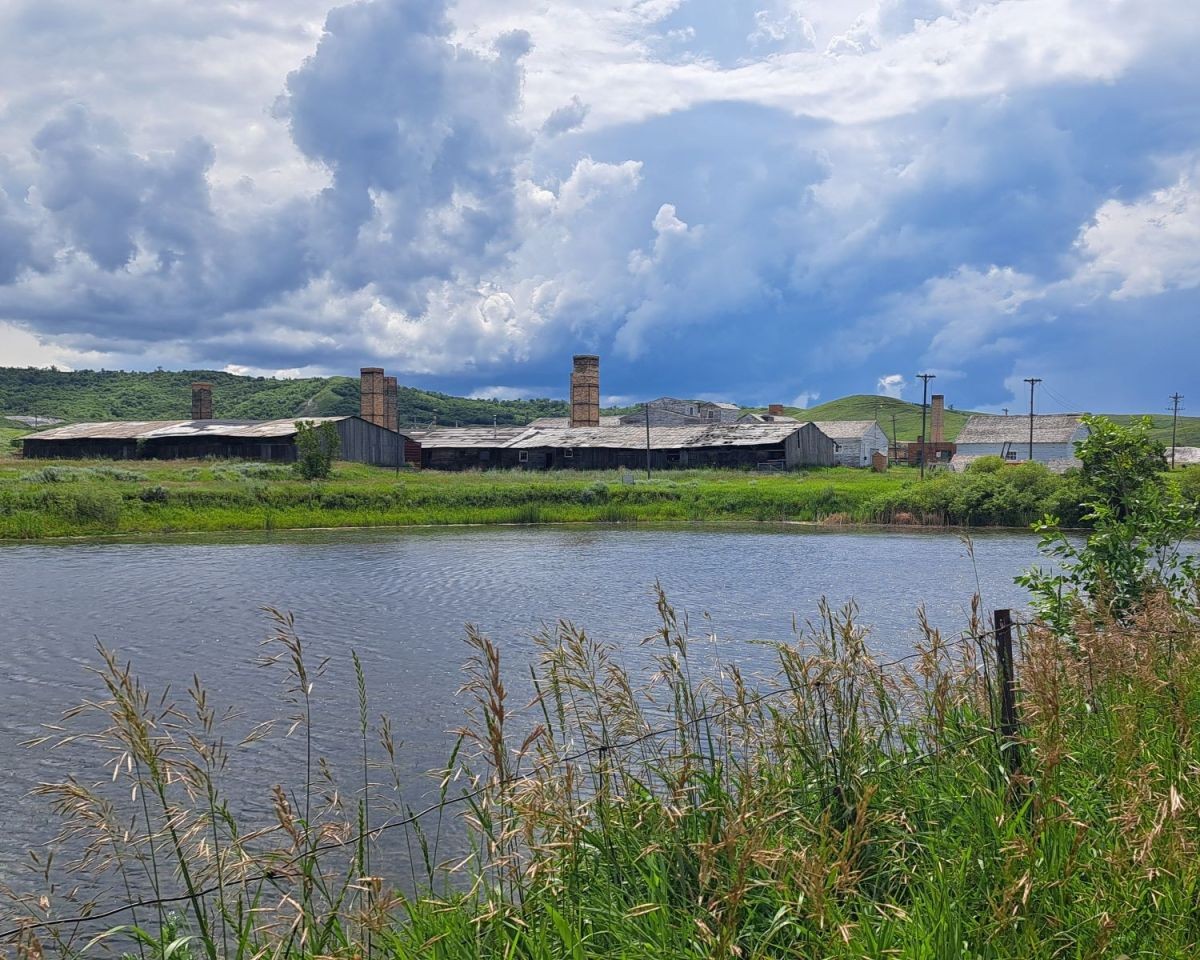
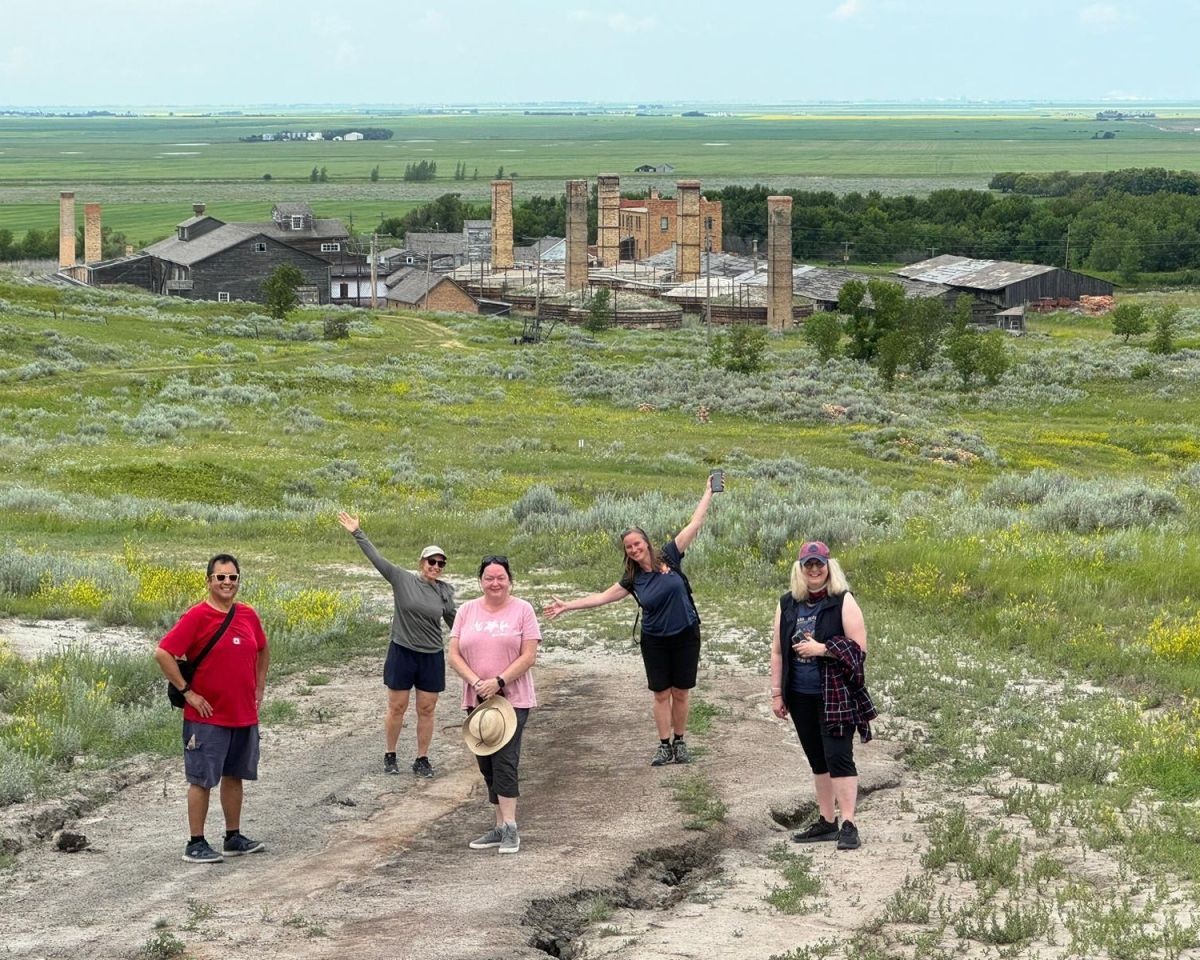
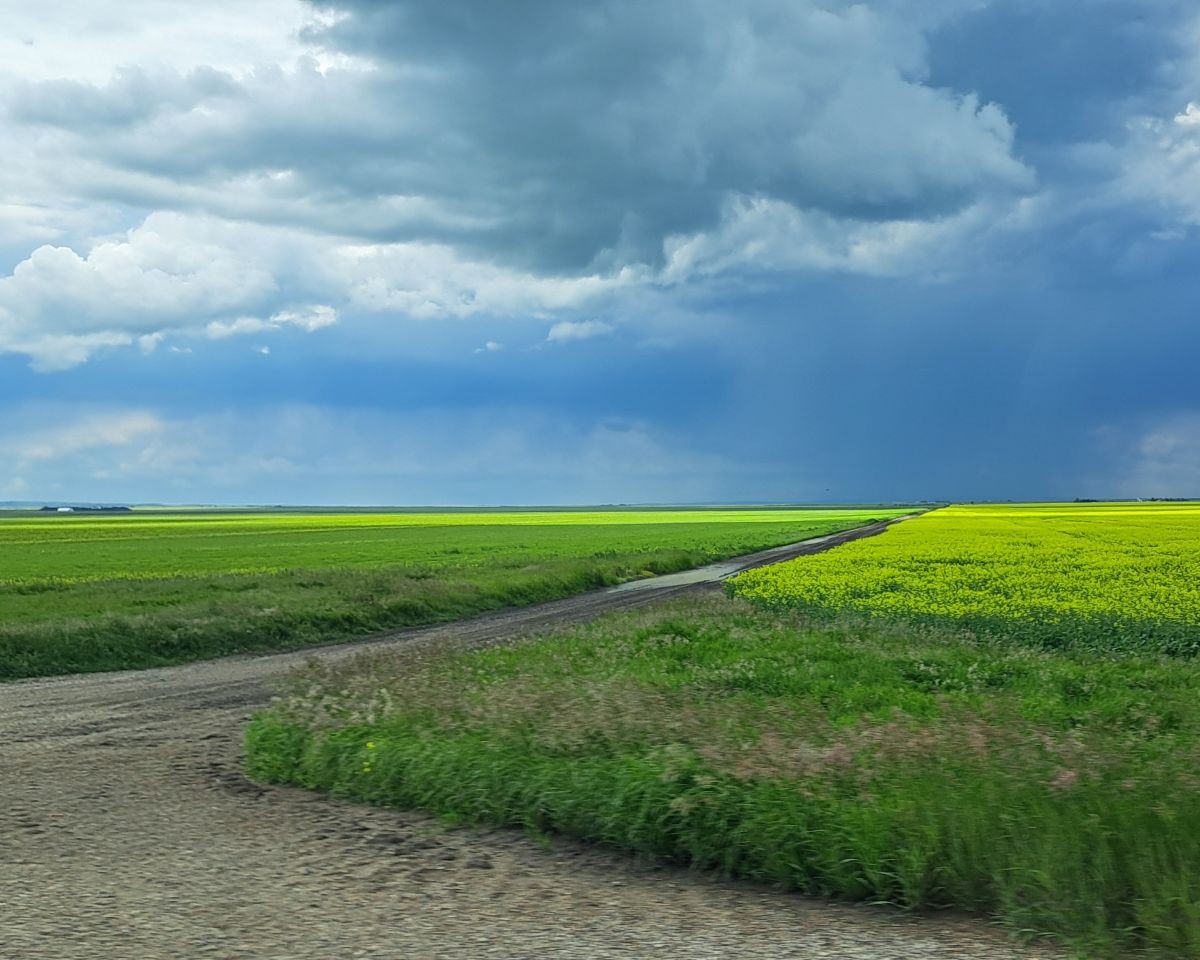
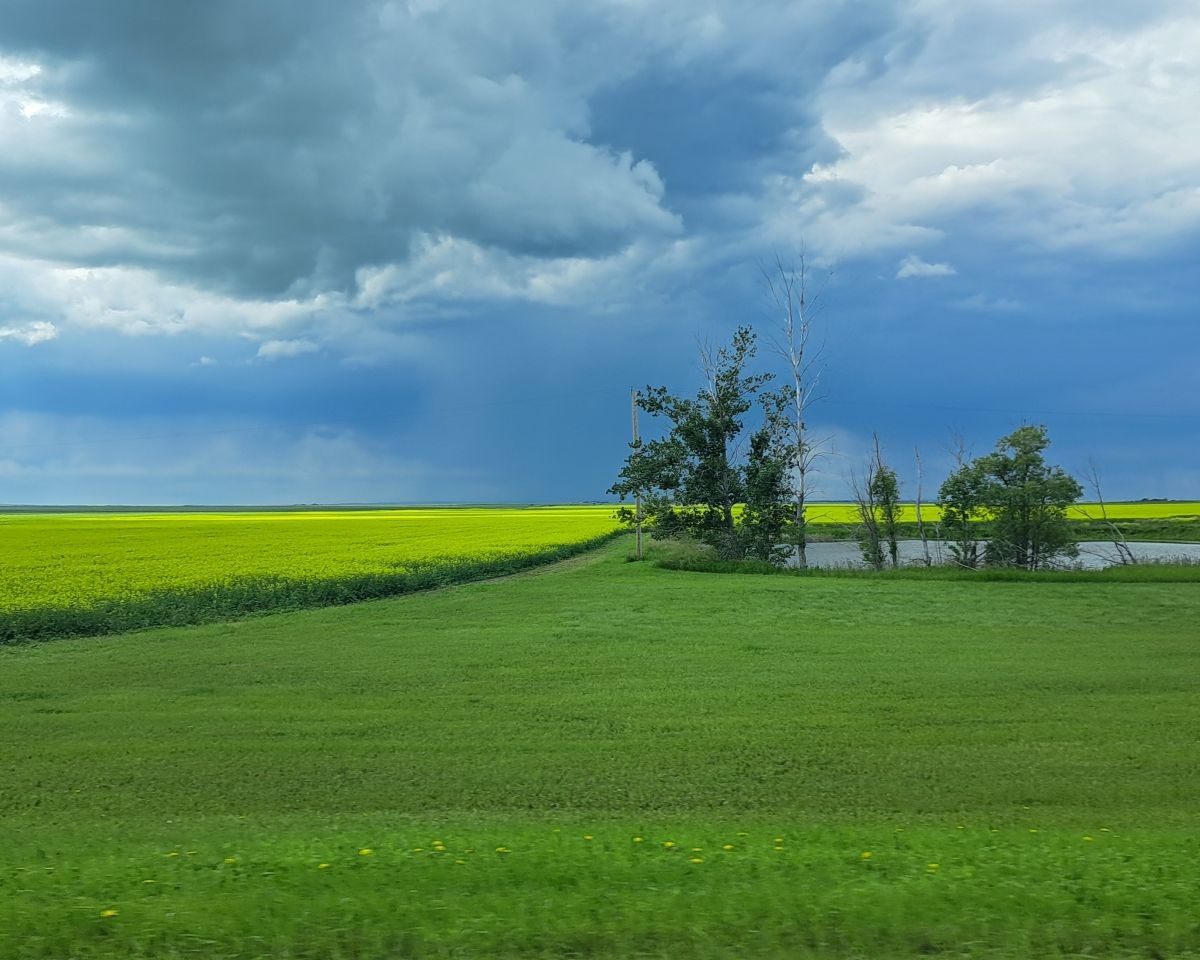
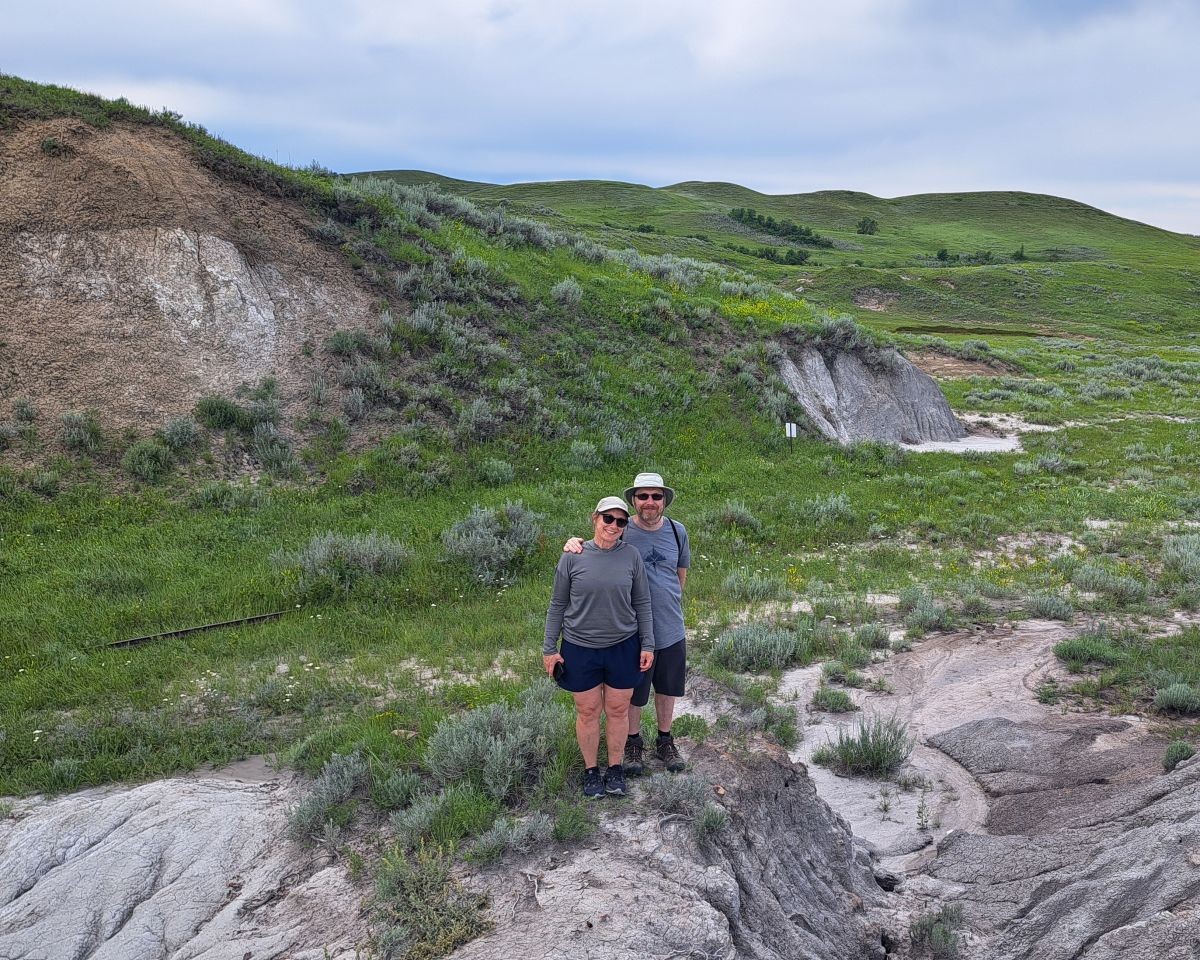
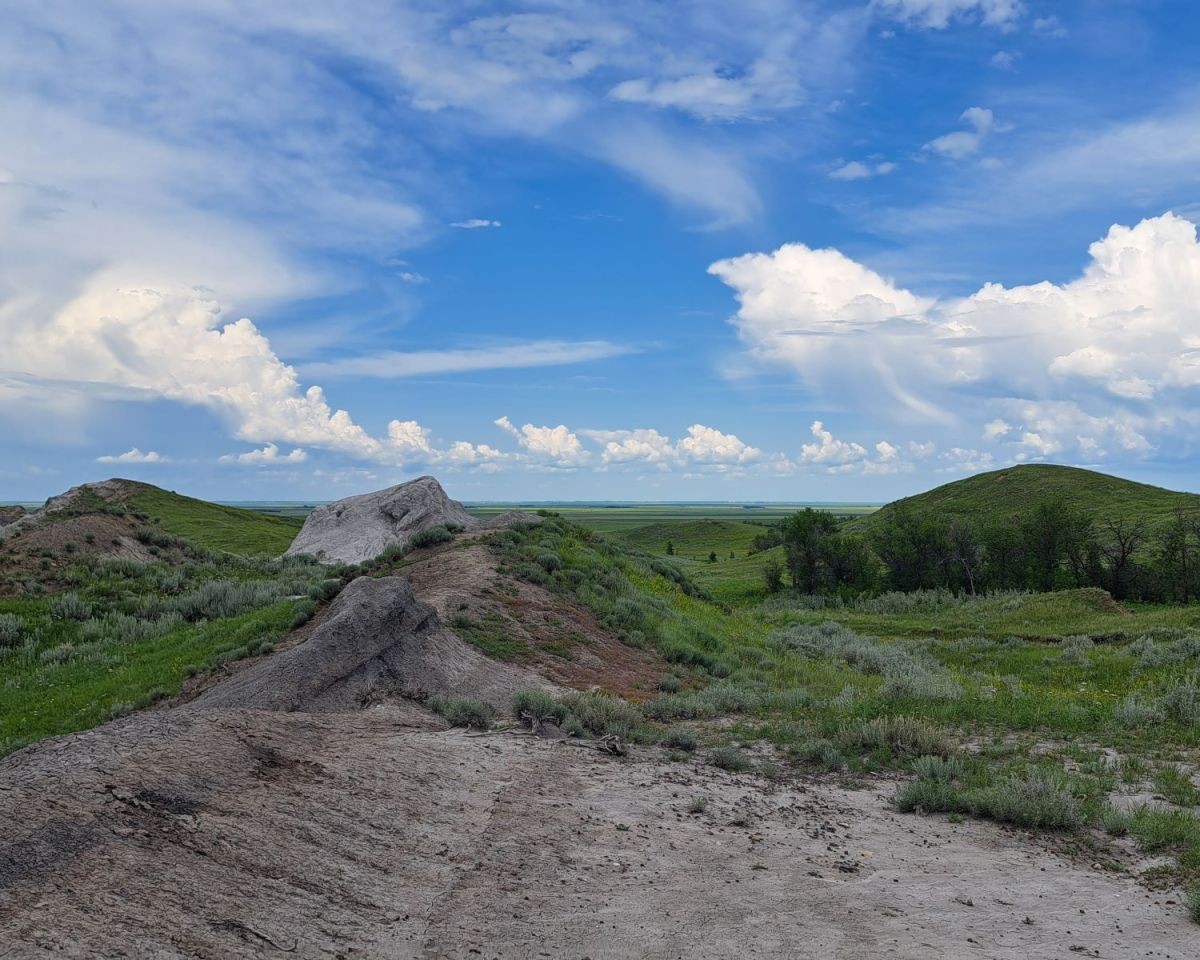
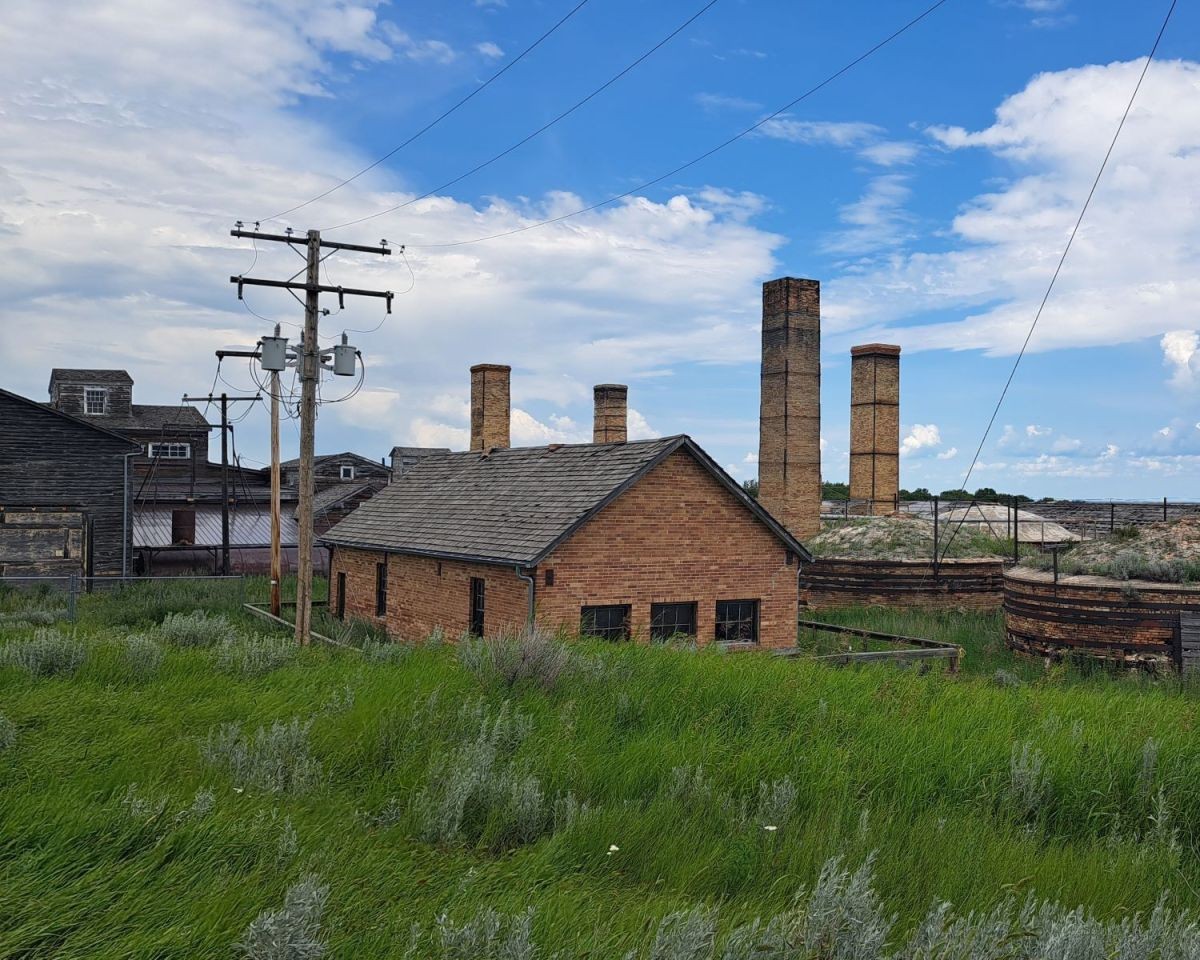
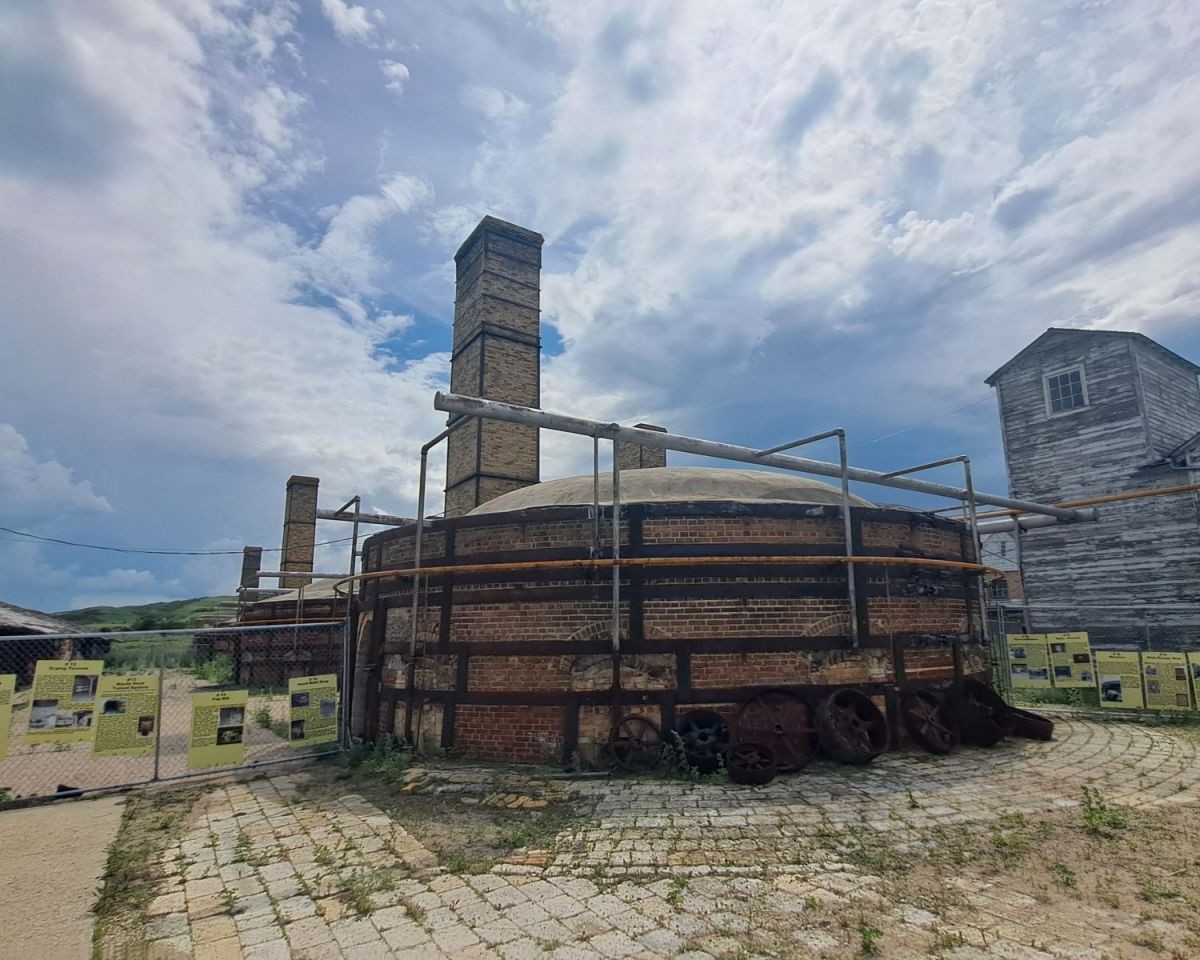
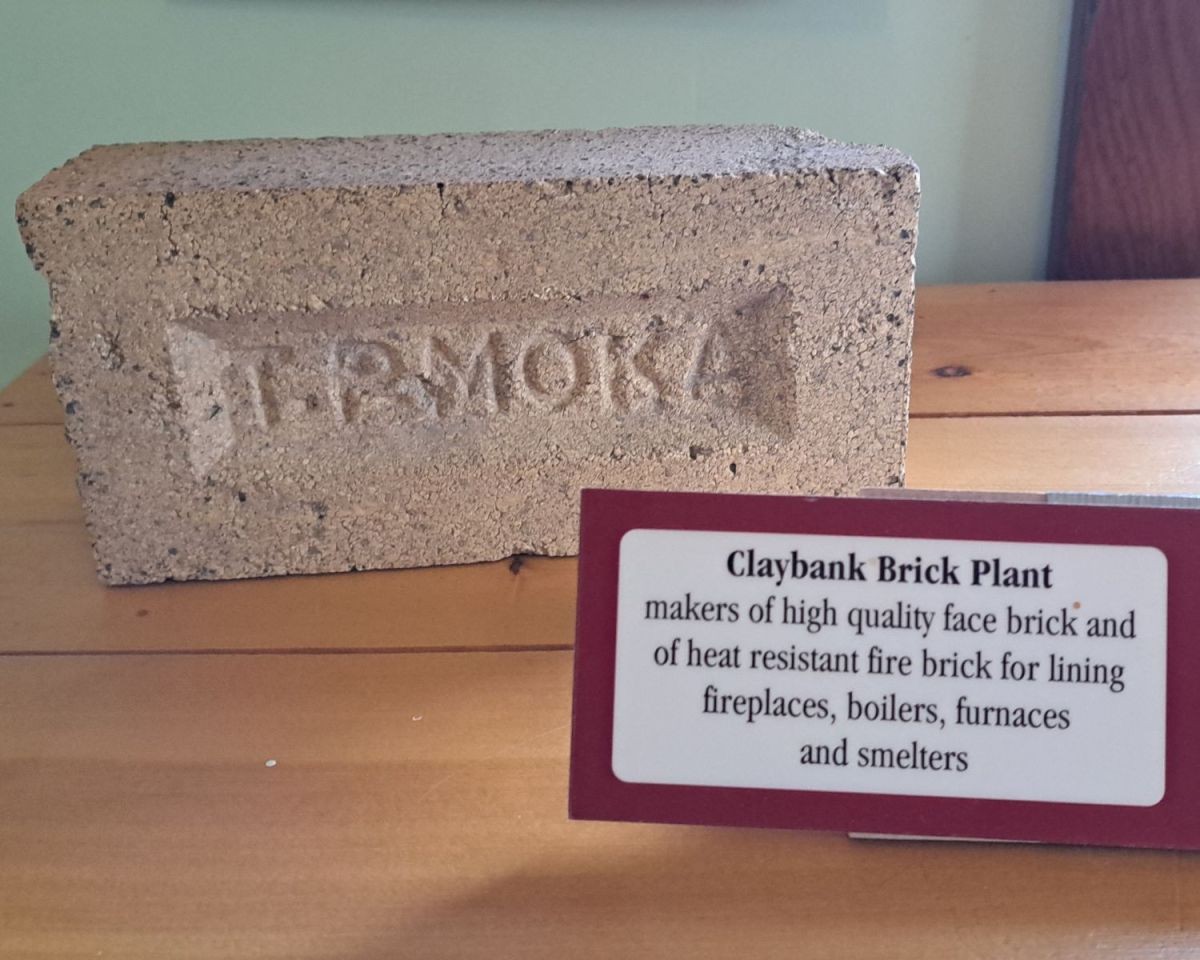
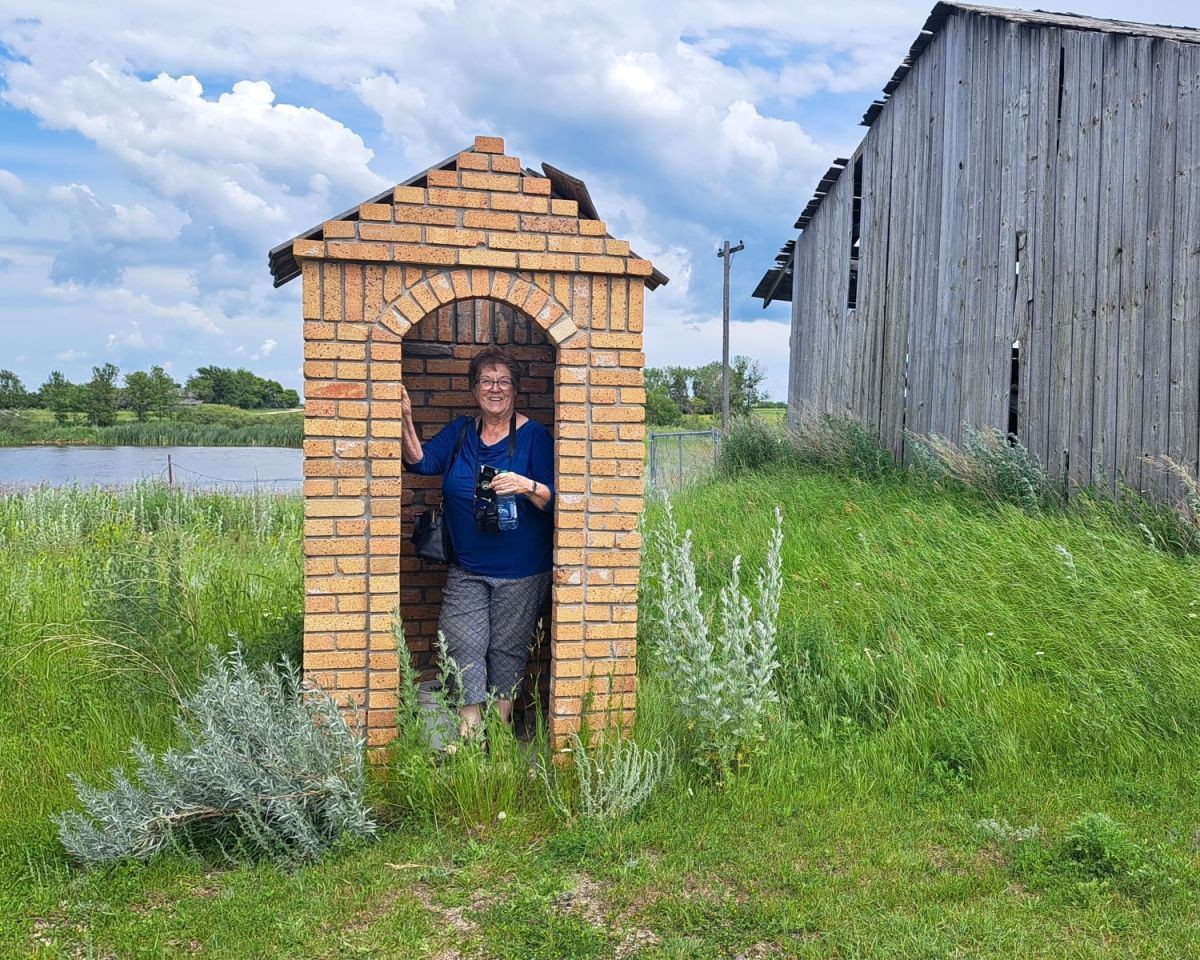
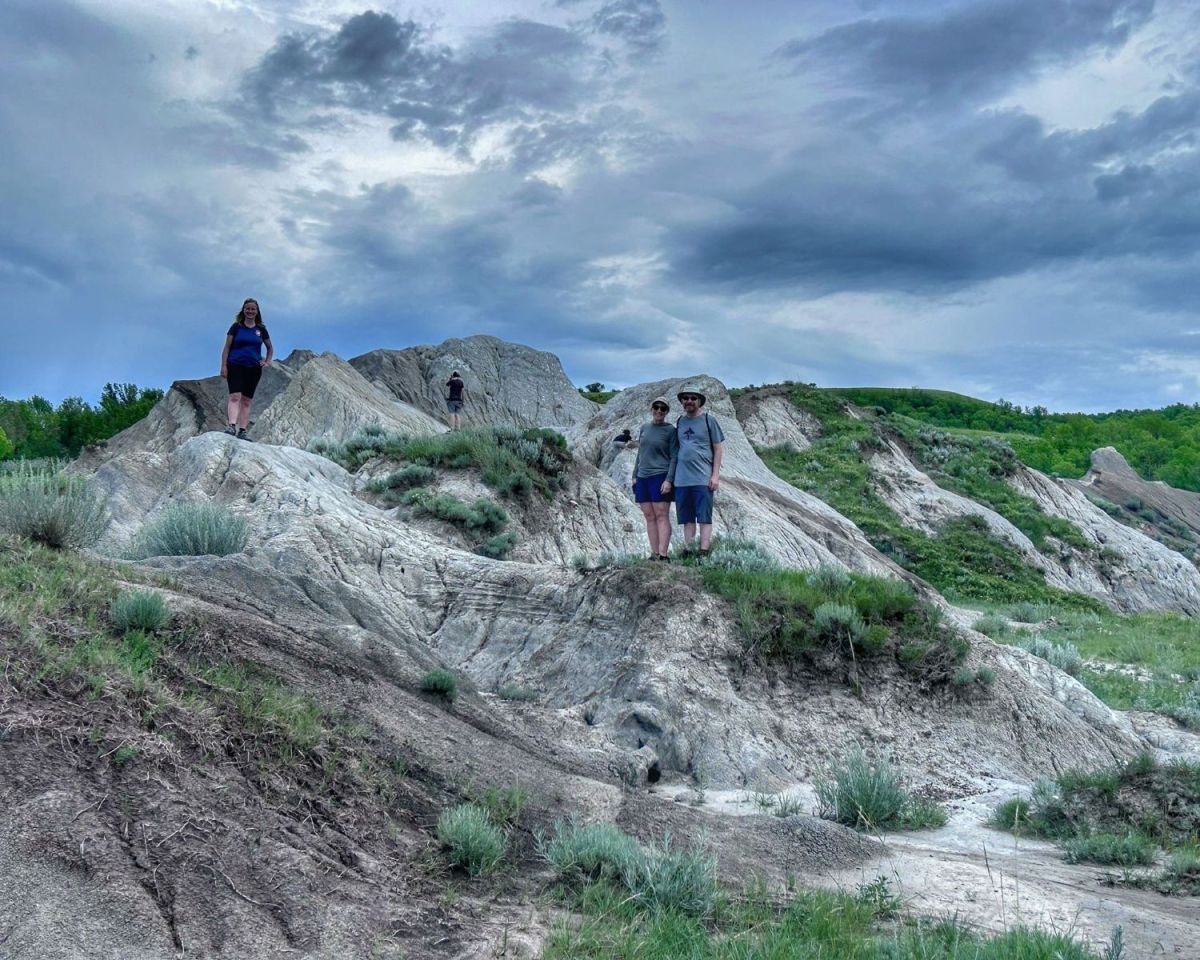
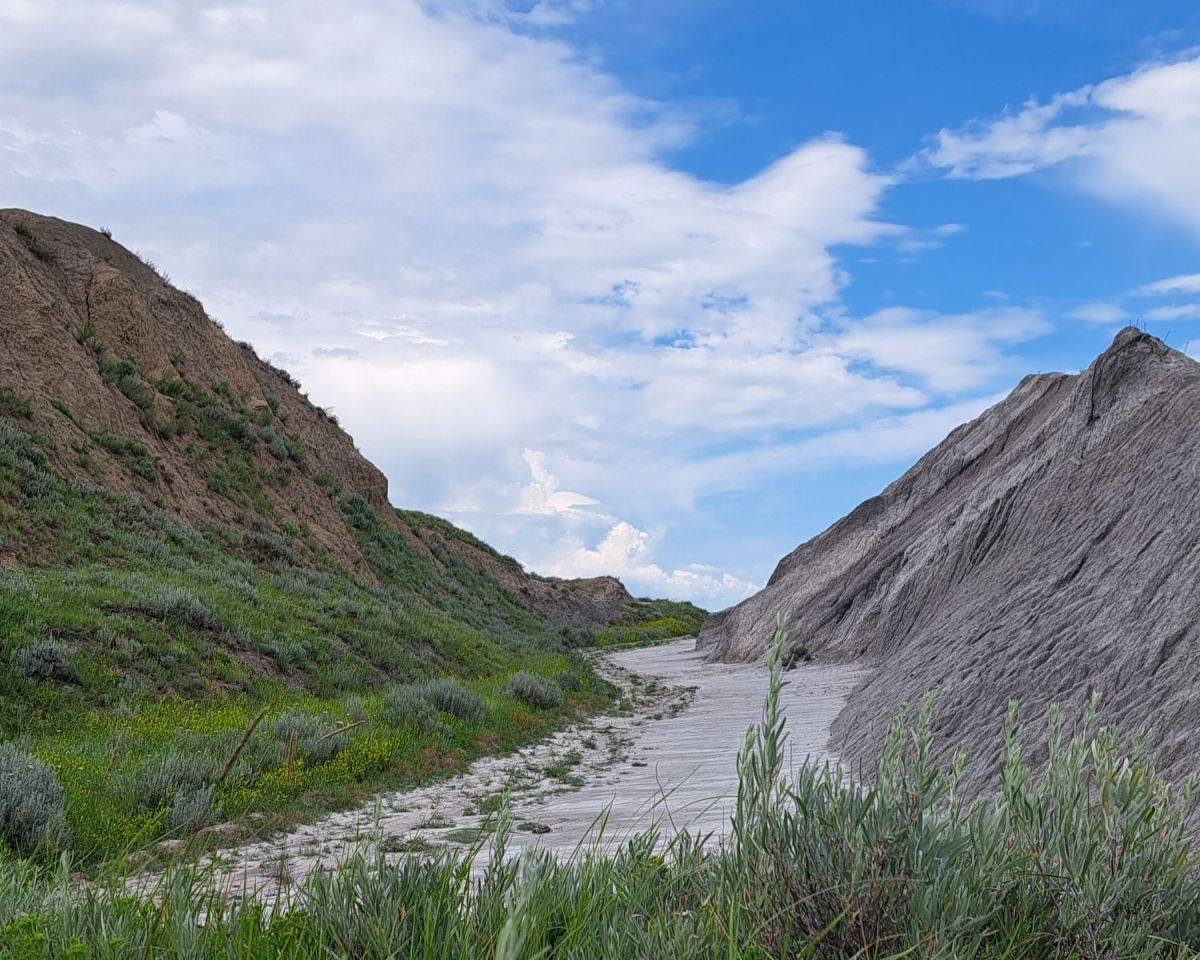
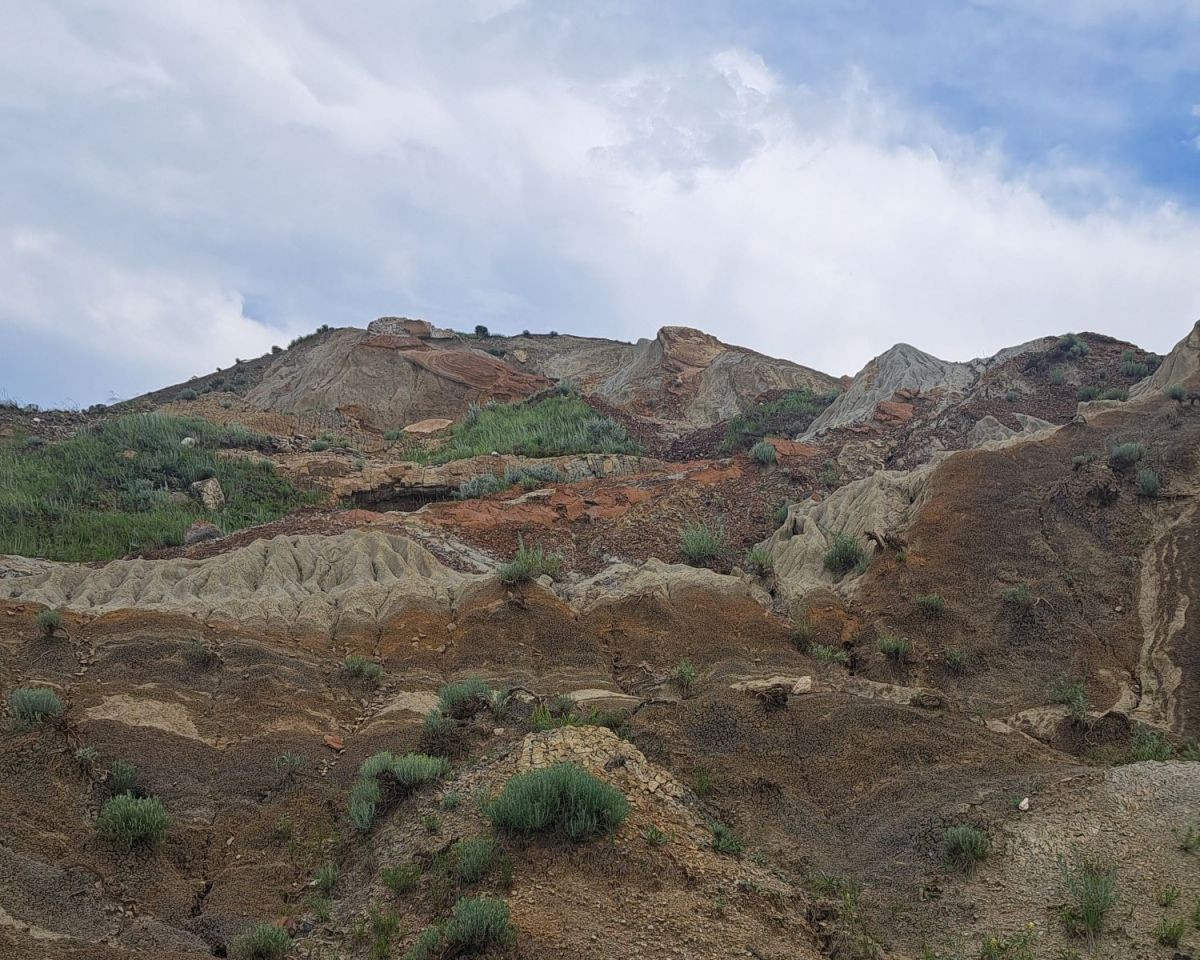
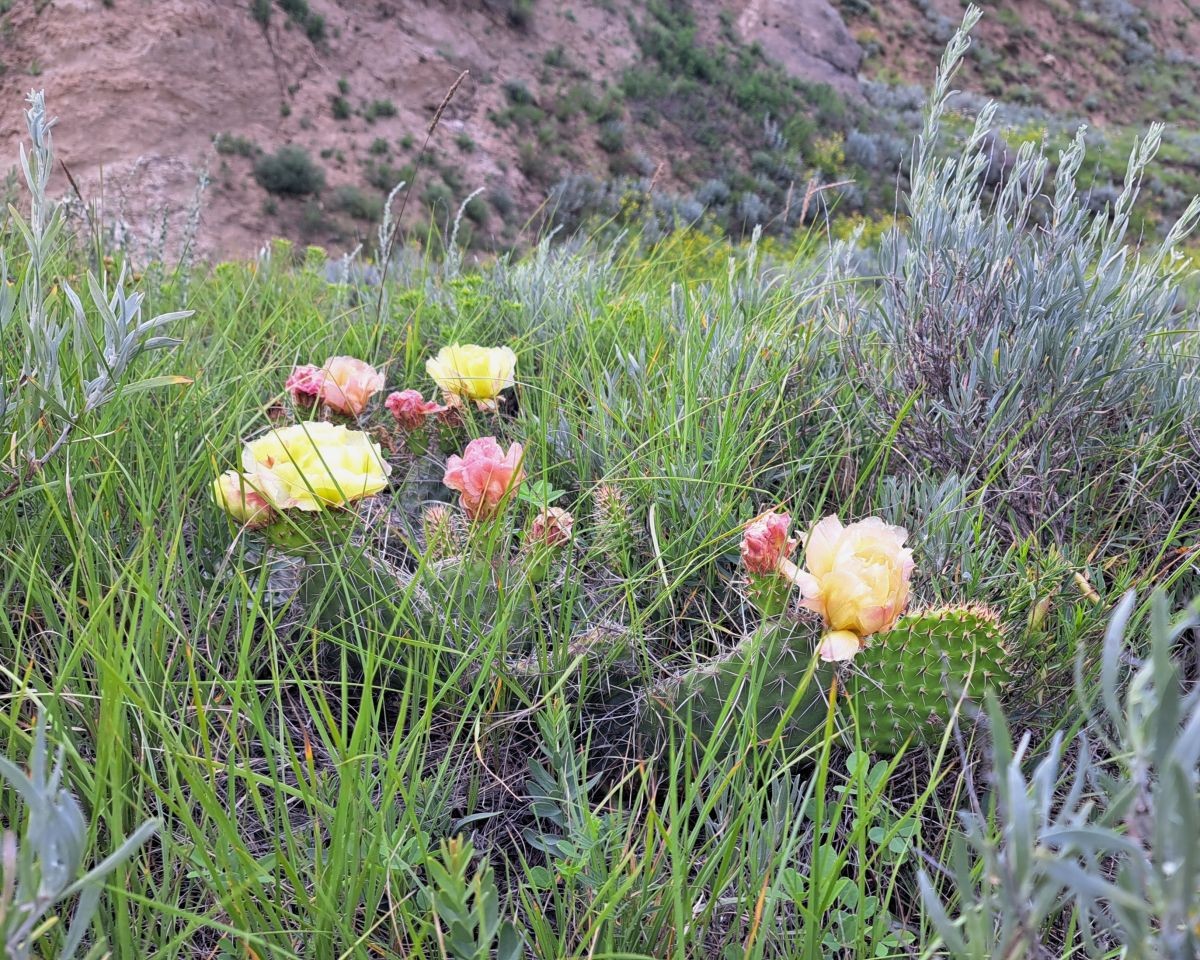
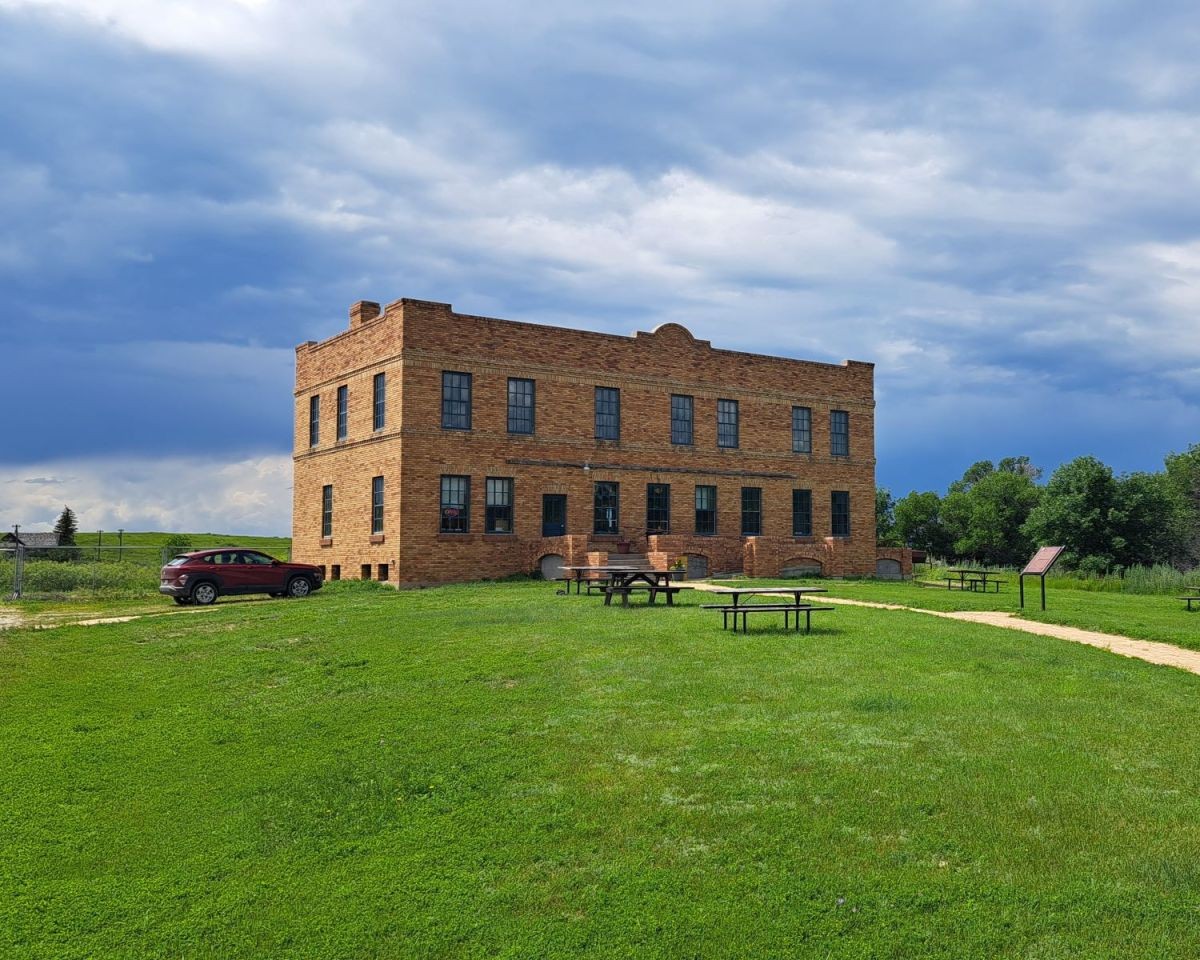
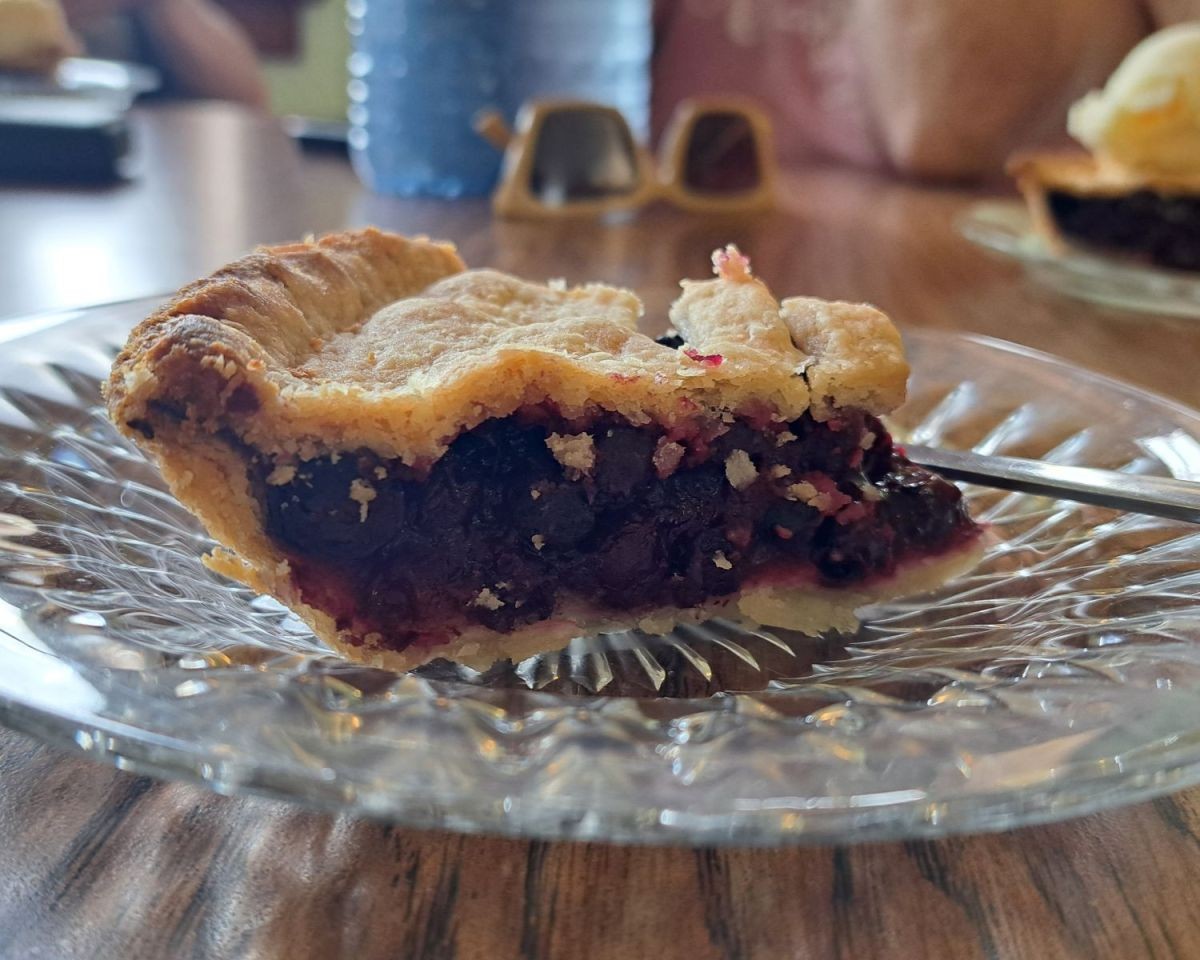
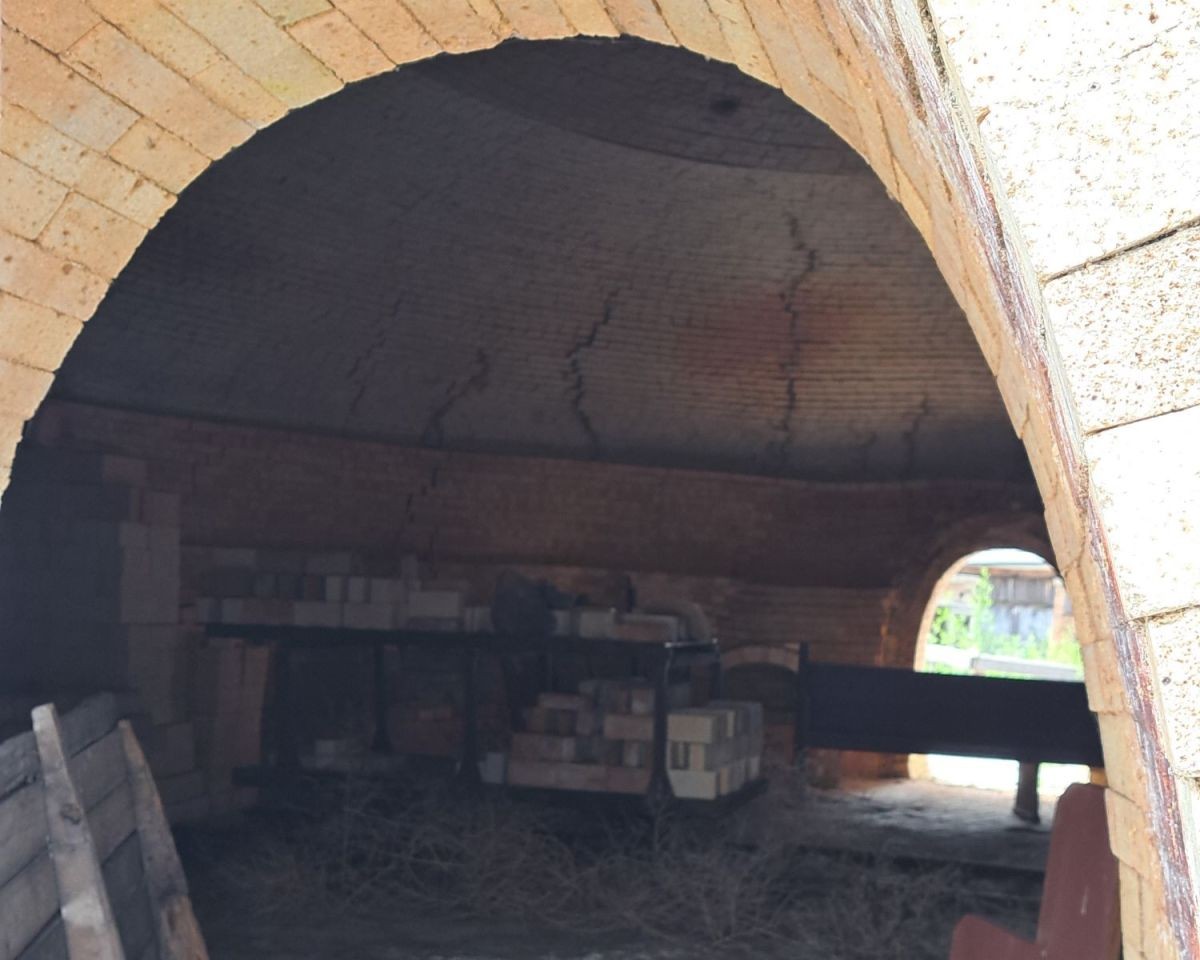
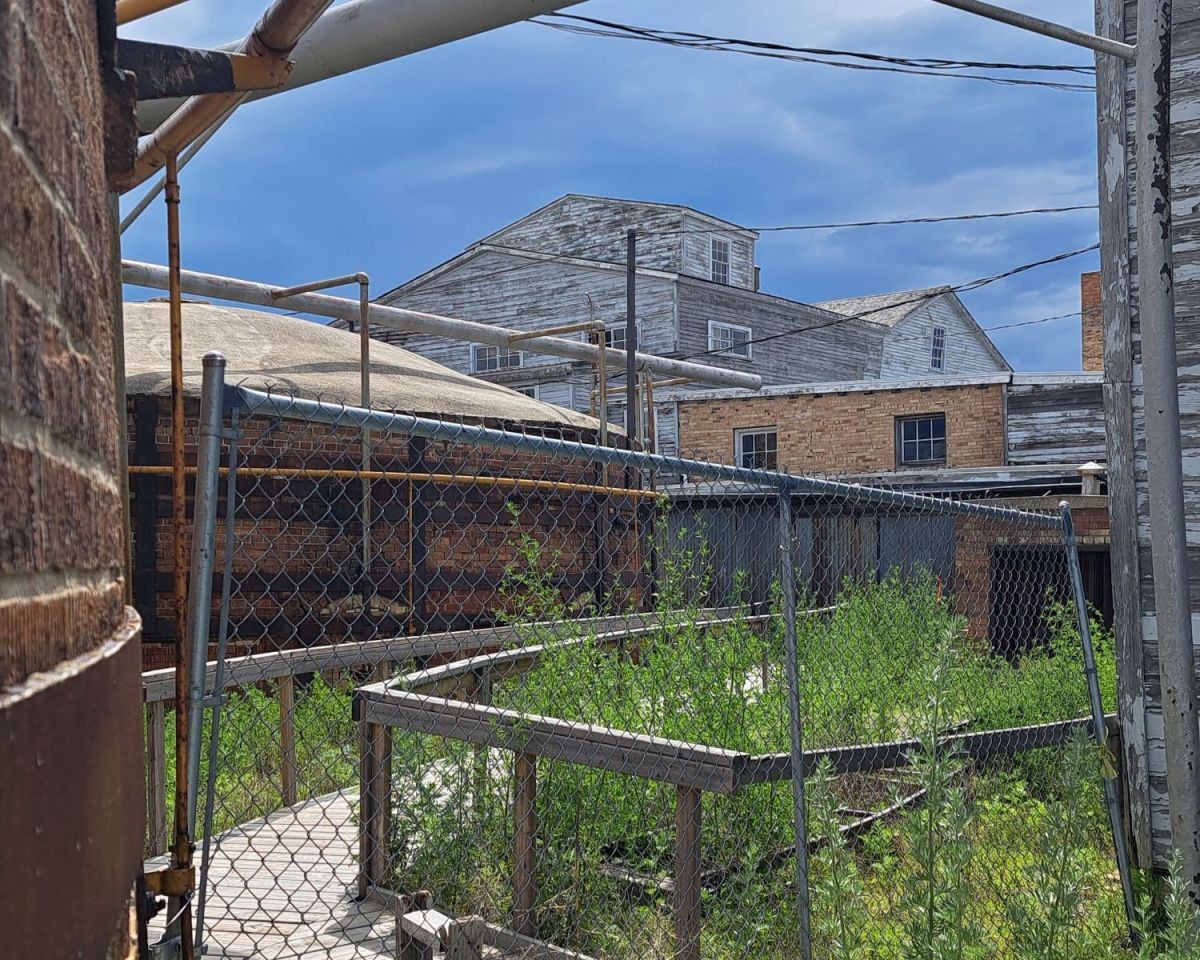
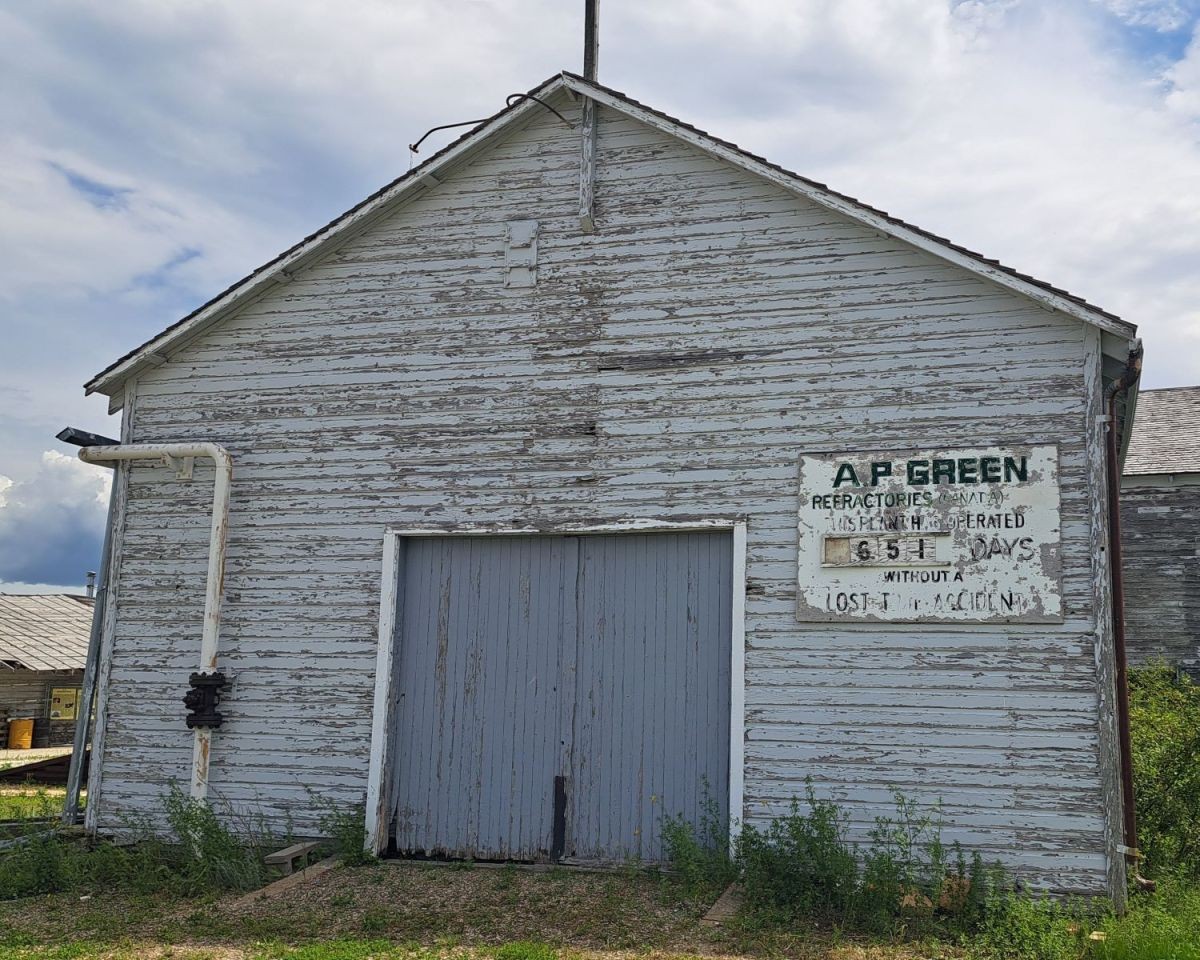
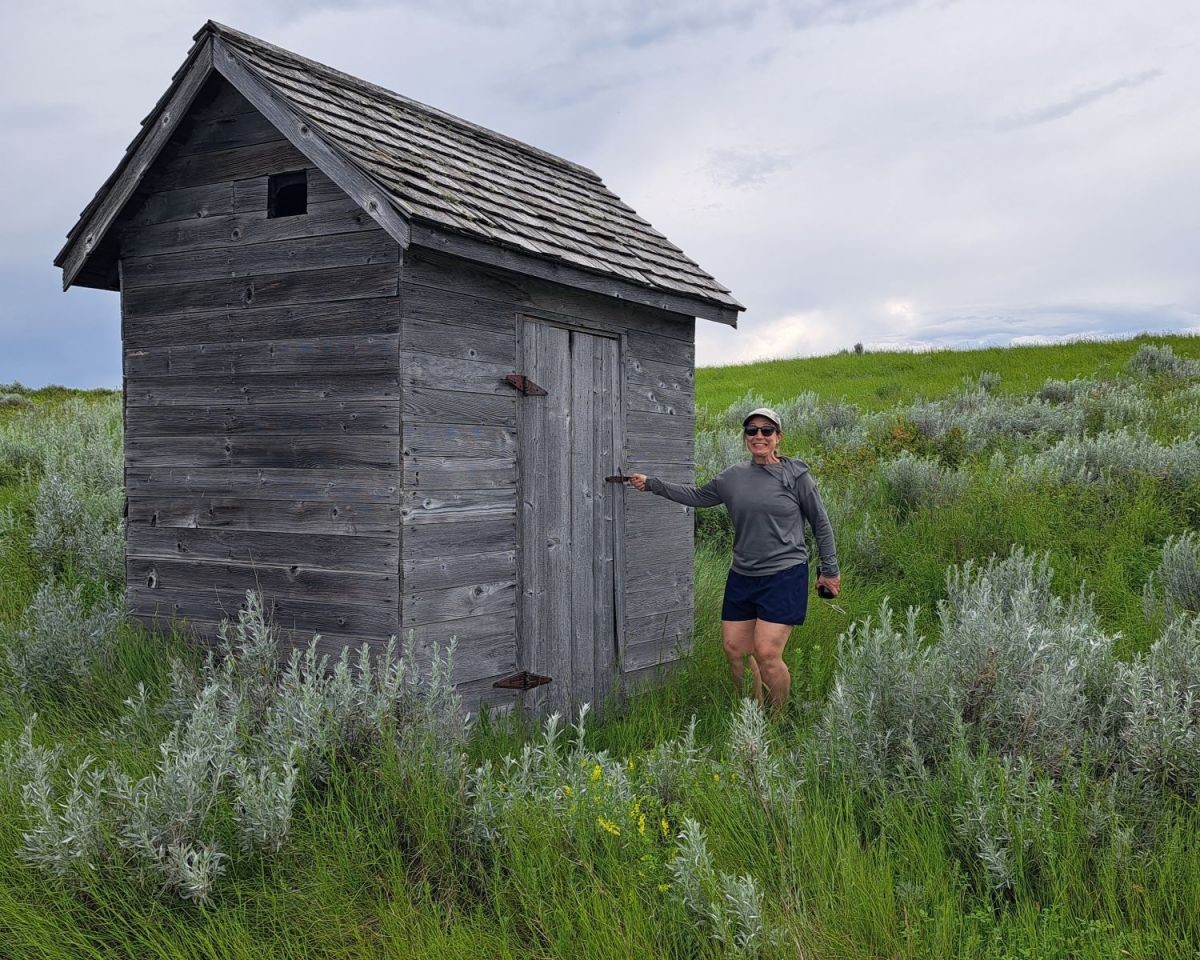
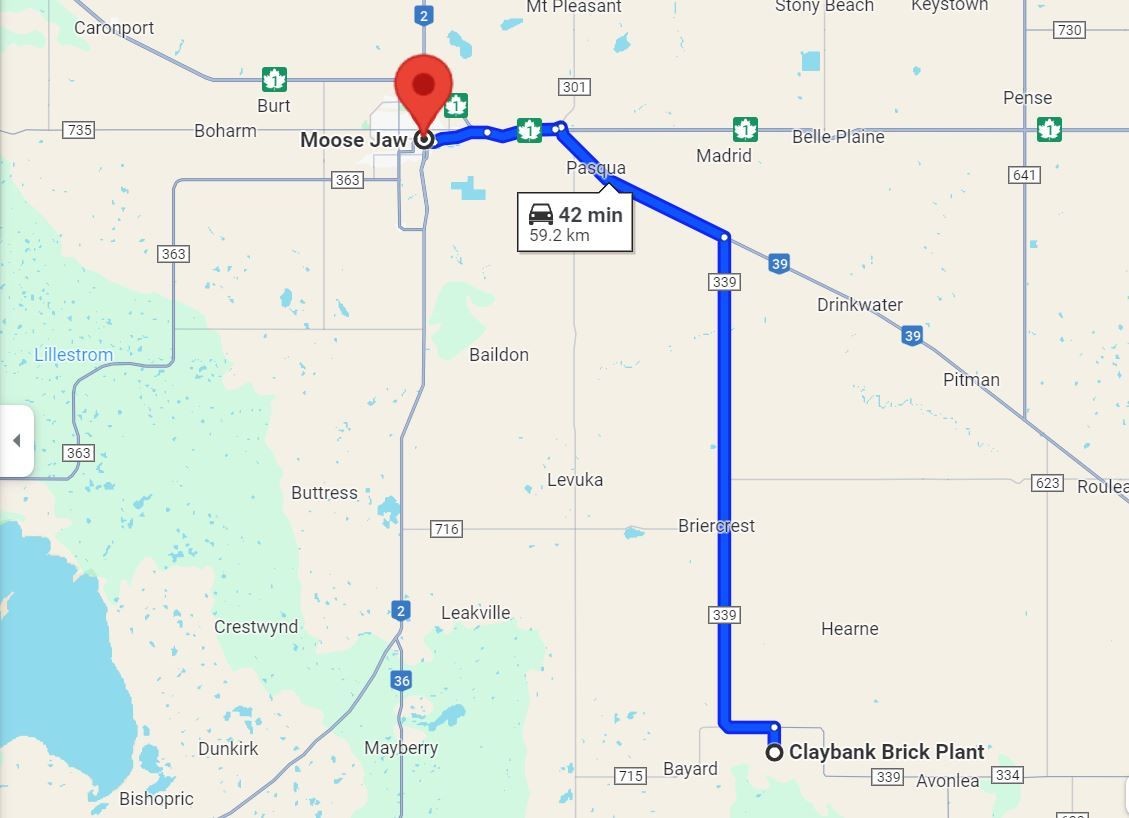
Comments 5
You've done a wonderful job of describing this historic site. I felt a certain sadness that bricks are no longer being made there. It's a great place to spend a few hours exploring and, of course, the pies are just fabulous.
Thank you Diana. It is a fun place to explore and of course to reward yourself with a delicious slice of pie afterwards.
Very informative article Janet! It was a fun place to explore with you and the other Canada Adventure Seekers! Thanks for sharing.
I really liked your blog Janet and exploring the site with all of you! That Saskatoon Berry pie was the best.
What a colourful landscape, with such interesting geology! I love reading about connections like this - learning that bricks manufactured from prairie clay in Saskatchewan were used in Chateau Frontenac and Cape Canaveral. Really great article!